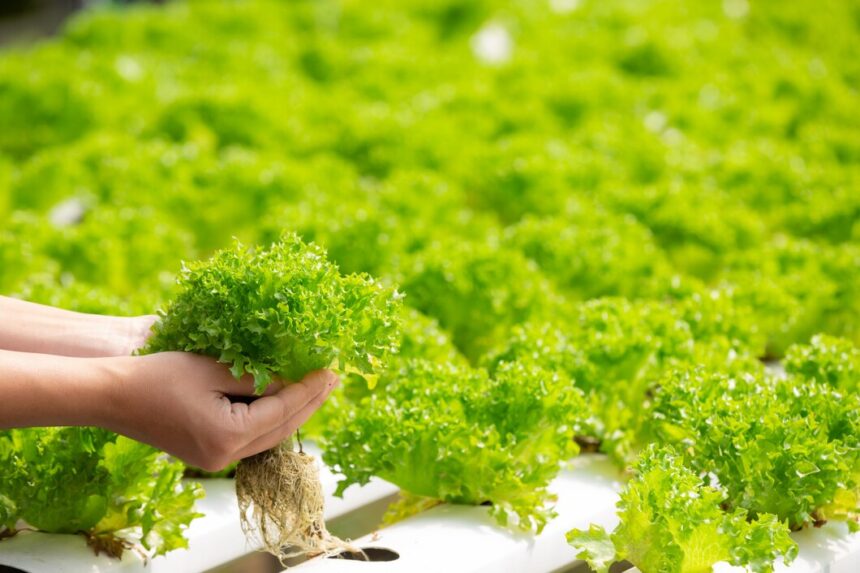Soil-less farming techniques, also known as hydroponics, aquaponics, or aeroponics, offer innovative solutions to enhance agricultural productivity while conserving resources. These methods can be particularly beneficial in regions like South Africa, where soil quality may vary, and water scarcity is a growing concern. Here are ten ways to implement soil-less farming techniques in South Africa:
1. Adopt Hydroponics Systems
Hydroponics involves growing plants in nutrient-rich water instead of soil. Various systems, such as nutrient film technique (NFT), deep water culture (DWC), and drip systems, can be tailored to specific crops. Starting with a simple system at a small scale can help farmers understand the process before expanding.
2. Utilize Aeroponics
Aeroponics is a technique where plant roots are suspended in air and misted with a nutrient solution. This method maximizes oxygen exposure and reduces water usage, making it ideal for urban settings and small-scale farmers. Building DIY aeroponic towers can make this method accessible.
3. Implement Aquaponics
Aquaponics combines fish farming with hydroponics. Waste from fish provides nutrients for plants, while plants filter and purify the water for the fish. This symbiotic relationship creates a sustainable ecosystem, making it an excellent option for small farms and communities.
4. Invest in Vertical Farming
Vertical farming utilizes vertical space to grow crops in stacked layers, often using hydroponic or aeroponic systems. This approach is ideal for urban areas where land is limited. Implementing vertical farms in warehouses or rooftop gardens can increase local food production.
5. Incorporate Greenhouse Technology
Using greenhouses to shelter soil-less systems can optimize growing conditions. Controlled environments allow for year-round cultivation, reducing reliance on seasonal weather patterns. Greenhouses can also enhance water conservation through condensation capture.
6. Use Recycled Materials for Systems
Implementing soil-less farming does not have to be costly. Farmers can use recycled materials, such as plastic bottles or old containers, to create DIY hydroponic systems. This practice not only saves money but also promotes sustainability.
7. Conduct Training and Workshops
To promote soil-less farming techniques, it is essential to provide training and workshops for local farmers and communities. Collaborating with agricultural extension services or universities can facilitate knowledge sharing and practical demonstrations.
8. Leverage Technology and Apps
Utilizing technology can enhance the efficiency of soil-less farming. Various apps can help monitor nutrient levels, pH, and water usage, ensuring optimal growth conditions. Training farmers to use these technologies can significantly improve productivity.
9. Partner with Local Institutions
Forming partnerships with local universities, research institutions, and agricultural organizations can provide resources and support for implementing soil-less farming techniques. These collaborations can lead to research on best practices tailored to South African conditions.
10. Promote Community Gardens
Encouraging community gardens that utilize soil-less farming techniques can foster collaboration and education. These gardens can serve as demonstration sites for hydroponics and aquaponics, enabling community members to learn and adopt these methods collectively.
Soil-less farming techniques present an opportunity for South African farmers to enhance productivity, conserve resources, and adapt to changing environmental conditions. By implementing these strategies, farmers can contribute to sustainable agriculture and improve food security in the region. Collaborative efforts, education, and innovation will be key to successfully adopting these techniques across the country.
Join 'Farmers Mag' WhatsApp Channel
Get the latest Farming news and tips delivered straight to your WhatsApp
CLICK HERE TO JOIN






